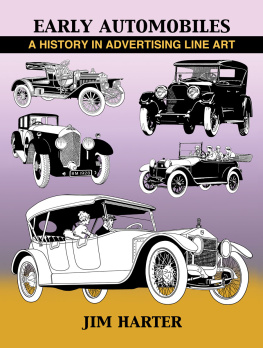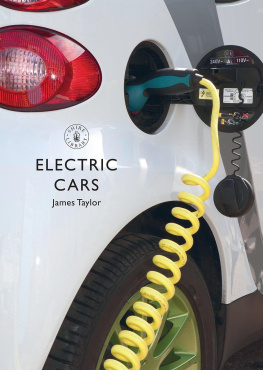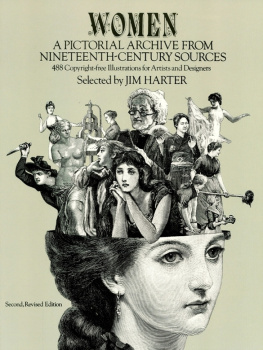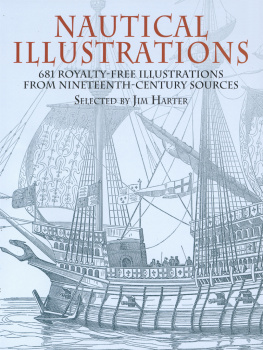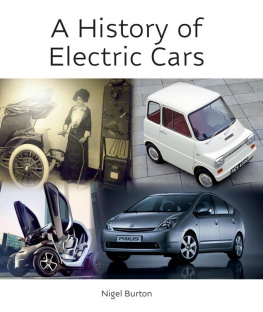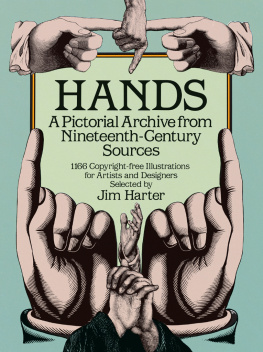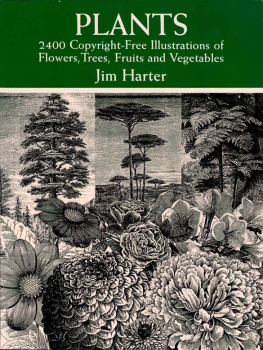

The Electrobat (1895), Americas first successful electric automobile.
Largely forgotten, the Electrobat was Americas first successful electric automobile. A collaboration between mechanical engineer Henry G. Morris and chemist Pedro G. Salom, it was built in Philadelphia. Previously, both men had been involved with battery-powered streetcars. Building a prototype vehicle, they received a patent on August 31, 1894. Commercial production began in 1895. Their enterprise became the Morris & Salom Electric Carriage & Wagon Co. in 1896. An Electrobat was entered in Americas first official horseless carriage race, Chicagos Times-Herald competition of Nov. 28, 1895. Unfortunately, icy road conditions prevented it from finishing the race, which was won by a gas-powered Duryea. The Electrobat used in that event was a two-passenger runabout. It had 40-inch diameter wheels in front, and 28-inch in the rear. Powered by two 1.5-hp Lundell motors, its driving gears were attached to the front axle. In good conditions on a smooth road it could reach speeds of 20 mph. On September 7, 1896 an Electrobat did much better, placing second, ahead of five Duryea vehicles, in the Narragansett Park Race held during Rhode Islands State Fair. Electrobat manufacture ceased in 1897, as the company shifted production to electric-powered hansom cabs.
Early Automobiles: A History in Advertising Line Art, 1890-1930
2015 by Wings Press for Jim Harter
All illustrations collected herein are in the public domain, with the exception of the bottom image on Plate 65 (), by Raymond Loewy, which is used by permission of Loewy Design LLC.
First Edition
Print Edition ISBN: 978-1-60940-489-5
ePub ISBN: 978-1-60940-490-1
Kindle ISBN: 978-1-60940-491-8
Library PDF ISBN: 978-1-60940-492-5
Wings Press
627 E. Guenther
San Antonio, Texas 78210
Phone/fax: (210) 271-7805
On-line catalogue and ordering:
www.wingspress.com
All Wings Press titles are distributed to the trade by
Independent Publishers Group
www.ipgbook.com
Library of Congress Cataloging-in-Publication Data:
Harter, Jim.
Early automobiles : a history in advertising line art, 1890-1930 / Jim Harter. -- First edition.
pages cm
Includes bibliographical references and index.
ISBN 978-1-60940-469-7 (hardcover : alk. paper) -- ISBN 978-1-60940-470-3 (epub ebook) -- ISBN 978-1-60940-471-0 (kindle/mobipocket ebook) -- ISBN 978-1-60940-472-7 (library pdf)
1. Automobiles in art. 2. Commercial art--United States--History. I. Title.
NC825.A8H374 2015
740.49629222--dc23 2015012602
ACKNOWLEDGEMENTS
I first wish to acknowledge Bryce Milligan of Wings Press, who has been continually supportive of my literary/creative efforts. Wings Press has become a first class publishing house that turns out very high quality books. It is certainly a credit to San Antonio and Texas that it is here. I would also like to thank Eric Edelman, who like Bryce and myself, is another outside-the-box kind of guy. As a forward he has written an interesting introduction to engravings, line illustrations, and earlier printing methods. I am grateful to New York collage illustrator Joan Hall, who provided me with some interesting early car images. I also want to thank Ebay dealer Steve Antin, aka. SAAPGH, who went out of his way to supply me with some fine early car ads. For suggestions and helpful feedback I am grateful to Terry Goodbody, Marjorie Robbins, Ed Conroy, and Gwyllm Llwydd. I want to acknowledge my dear relatives Kay and Carl Evans of Texas Pneumatic Tool Co. in Reagan, Texas, who put me up during a research trip to Texas A&M. Some of the images in this book came from the Research Center of the Panhandle-Plains Historical Museum in Canyon, Texas. For this I would like to thank its Director, Warren Stricker. Finally, I am grateful to family members and friends; Bennett Kerr, Mike Harter & Monique Dupuis, John & Marty Marmaduke, Jim & Barbara Whitton, James Hendricks, Nathan Sumar, and Terrelita Maverick for their continued support and interest.
Contents
Early Automobiles:
A History in Advertising Line Art, 1890-1930
Dedication
This book is for my departed relatives, the Harters, Currys, Rickelmanns, and Shermans, who lived during the time period covered by this book, and knew many of these automobiles. As a child I got to know a number of these people; visiting them required family road trips. A part of the joy of those journeys was getting to see old relics of the past along our route, old houses and other buildings, especially of the Victorian type, steam locomotives, and rusty cars, trucks, and tractors, often in junkyards or pastures. They offered more for the imagination than anything new or contemporary. Many of the cars in this book would have populated those junkyards then, as well as more recent ones from the 1930s and 40s. They all had their day and then time left them behind. Like it or not, we humans also get to have our day and then vanish too quickly from the stage. So before this author vanishes, he wishes to leave this book as a testament to that past age as we plunge onward into the uncertain future that now awaits humanity.
A Short History of the Methods of Printed Illustration
Eric Edelman
A mong his previous books, Jim Harter pictorially chronicled the history of nineteenth-century railroadsboth American and foreignthrough their appearance in the then-common medium of wood engraving. More recently, he published Early Farm Tractors: A History in Advertising Line Art, which is an older sister of Early Automobiles. This present work is a fascinating collection of late nineteenth- and early twentieth-century automotive illustrations taken from magazine advertising and engineering journals. It parallels Mr. Harters railroad and tractor histories, both in its subject and how it was depicted. Almost all of the images in these two works were created as line drawings by individual artists, and printed as photoengravings.
Just as railroads began to give way to gasoline-powered internal combustion engine vehicles, wood engravings gave way to photoengravings that were faster and less laborintensive to produce. For the first time, facsimile photographs appeared in print alongside line drawings and other artistic renditions. Wood engraving dominated the market for illustration in mass-produced books and periodicals from about 1840 until 1890. Thousands of newspapers, magazines, and books carried these engravings. Even after photoengraved illustrations had largely replaced wood engravings, the latter still appeared in some high quality books and periodicals until the 1920s.
Before the invention of wood engraving, illustrated books were expensive, and pictorial periodicals were either crude or non-existent. This was because fine illustrations had to be printed separately from the text; the engraving plates or lithographic stones used for printing the pictures were not the same height as the body of the metal type pieces from which text was printed. This meant that such illustrations would appear on separate pages bound into the book at a later production stage, or that they would be glued (tipped-in) in gaps in text-printed pages. Older style woodcuts could print simultaneously with type, since the picture blocks could be made the same height as metal type (type-high), and thus could be inked and printed at the same time as type; however, the pictures were often very crude in quality because carving them against the wood grain was difficult.
Next page
